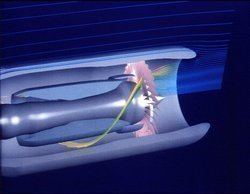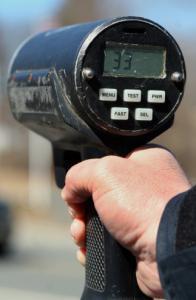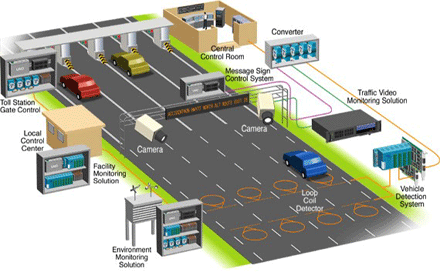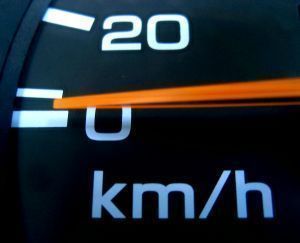A pulse jet engine is a type of jet engine that uses pulses of combustion rather than continuous combustion to stay in the air, thereby reducing fuel costs and increasing efficiency. While pulse jet engines have been used in many functional jets, they can also be used for a variety of other applications such as water heating, biomass fuel conversion, fog generators, radio controlled aircraft, target drone aircraft, control line model aircraft, and pulse detonation experiments. Pulse jet engines are most often used in unmanned aircraft due to problems with noise and violent vibrations during high velocity missions.
How does a Pulse Jet Engine Work?
Fuel is pulled into the combustion chamber through the intake valve in either an air-gas mixture or liquid form. The intake valve then closes and a spark plug is used to ignite the fuel in the combustion chamber. The fuel then expands rapidly and tries to fill the entire chamber in order to escape. The closed intake valve forces the fuel to the rear of the combustion chamber and allows it to exit through the exhaust valve. The fuel’s movement from one side of the combustion chamber to the other propels a fan blade or other mechanism.
Advantages
Pulse jet engines are easy to build on a small scale and can be constructed using few or no moving parts. This means that the total cost of each pulse jet engine is much cheaper than traditional turbine engines. Pulse jet engines do not produce torque like turbine engines do, and have a higher thrust-to-weight ratio. Pulse jet engines can also run on virtually any substance that can burn, possibly making them a milestone in alternative fuel innovations.
Disadvantages
While pulse jet engines can be beneficial to many industries, they do have several disadvantages. For example, pulse jet engines are very loud and shake a lot, which only makes them practical for military and industrial purposes. Also, pulse jet engines do not have very good thrust specific fuel consumption levels. Likewise, pulse jet engines use acoustic resonance rather than external compression devices to compress fuels before combustion.
Types of Pulse Jet Engines
There are two types of pulse jet engines: those with valves and those without. The ones with valves allow air to come in through the intake valve and exit through the exhaust valve after combustion takes place. Pulse jet engines without valves, however, use their own design as a valve system and often allow exhaust to exit from both the intake and exhaust pipes, although the engine is usually designed so that most of the exhaust exits through the exhaust pipe.




Follow Us!